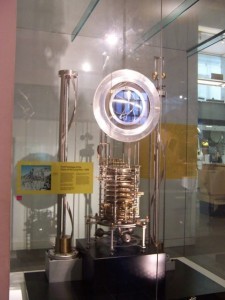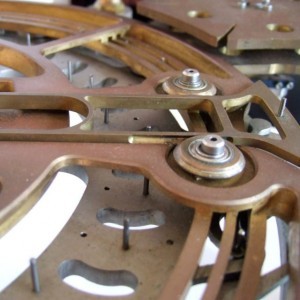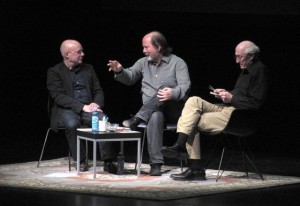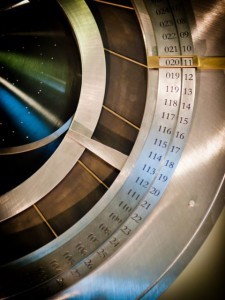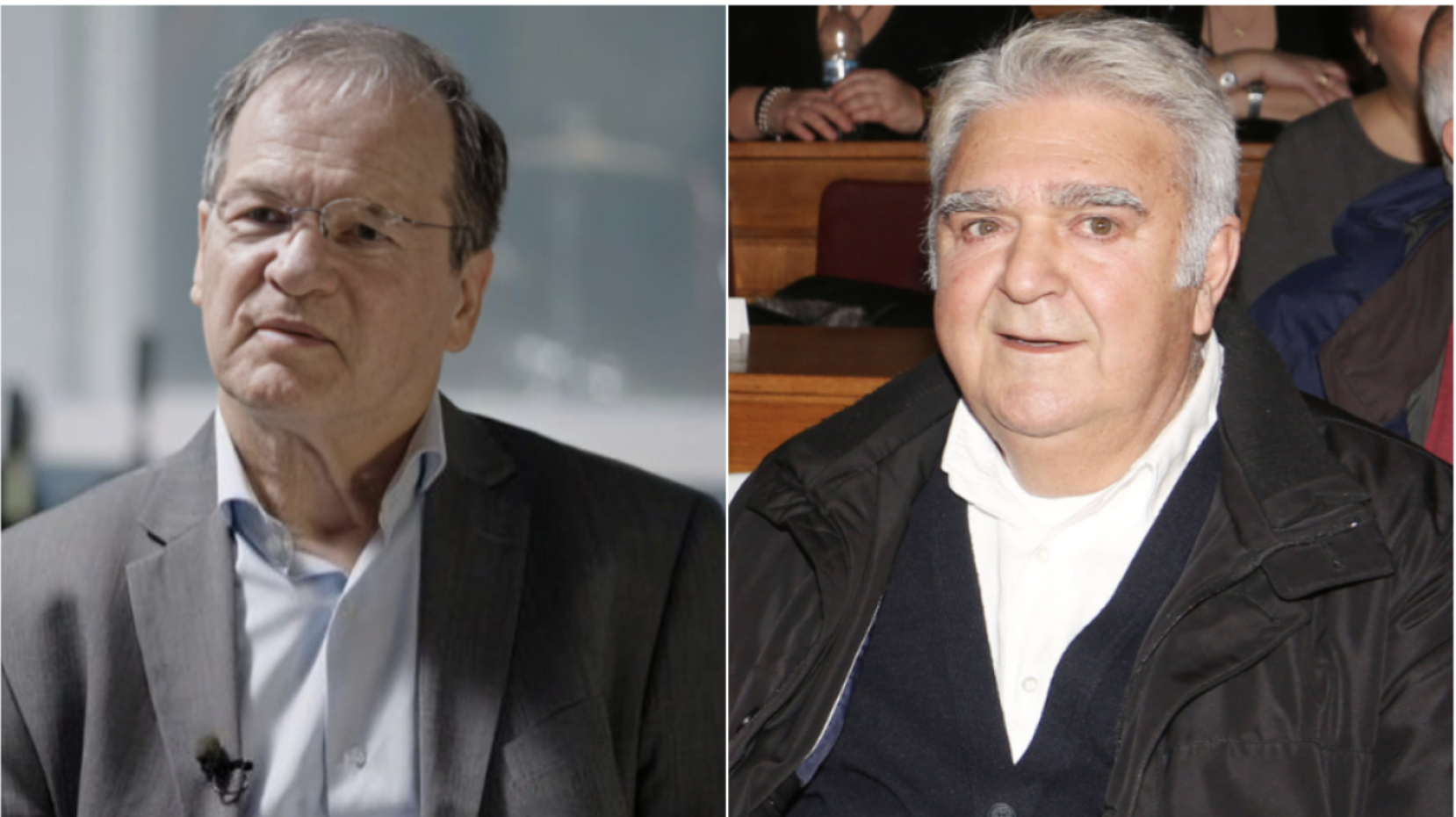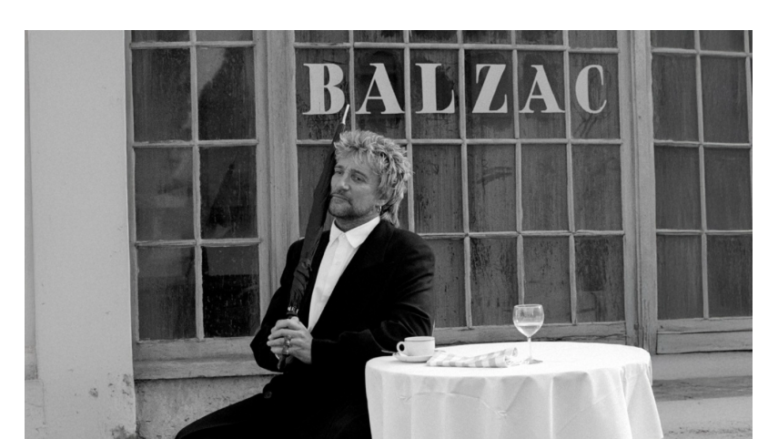In 1986, American mathematician and inventor Danny Hillis designed a clock that came to be known as the “Clock of the Long Now,” or the “10,000-year clock”.
The clock was designed to keep time for 10,000 years, with the purpose of promoting long-term thinking and contemplation of the future. Hillis began working on the prototype of the clock in the early 1990s, and in 1996 he co-founded the Long Now Foundation with Stewart Brand, an American writer, and environmentalist. The foundation made the clock one of its primary projects.
(The dial of the Clock of the Long Now)
The two-meter first prototype of the clock was finished in 1999 and began working on December 31 of that year, just in time to announce the transition to the new millennium. Instead of counting seconds, minutes and hours, the clock counts years, centuries and millennia, so it ticks just once a year. The prototype includes a cuckoo that is supposed to come out every millennium over the next 10,000 years.
The full-sized clock is currently being built in Texas. The construction is being funded by Jeff Bezos, the founder of Amazon, who donated 42 million dollars to the project. The clock will be located deep in the caves of Mount Washington in Nevada.
(The first prototype, on display at the Science Museum in London)
The whole mechanism will be housed in several specially designed rooms carved into the white limestone cliffs of the mountain. The site’s dryness, remoteness, and lack of economic value will protect the clock from corrosion, vandalism, and urban development.
The clock will not contain any valuable parts such as jewels, expensive metals, or special alloys that might be looted.
Instead of the cuckoo, every new millennium will be announced by a unique melody played by the clock’s chimes. The millennial melodies were composed by the renowned musician Brian Eno, who also named the clock and is a member of the Long Now Foundation.
(Brian Eno, Danny Hillis, and Stewart Brand speaking at “The Long Now, now” – an event in January 2014 at the Palace of Fine Arts in San Francisco)
It is expected that the clock will be able to display the correct time for 10,000 years, but it will need continuous care and maintenance. Some historical technological artifacts have survived from 10,000 years in the past, but very few human artifacts have been continuously tended for more than a few centuries.
That is the reason why the Long Now Foundation wants to create the clock as an icon of human civilization, which would be properly maintained and cared for, and which would inspire people to contemplate the endless enigma of time.
Ask me anything
Explore related questions


